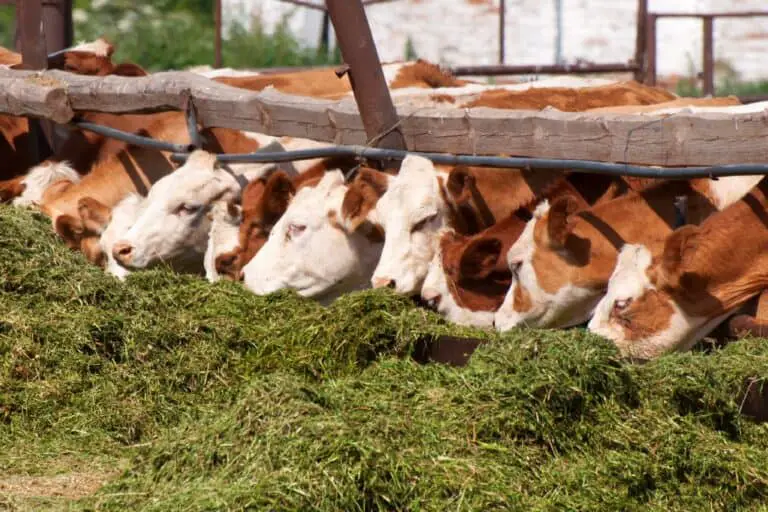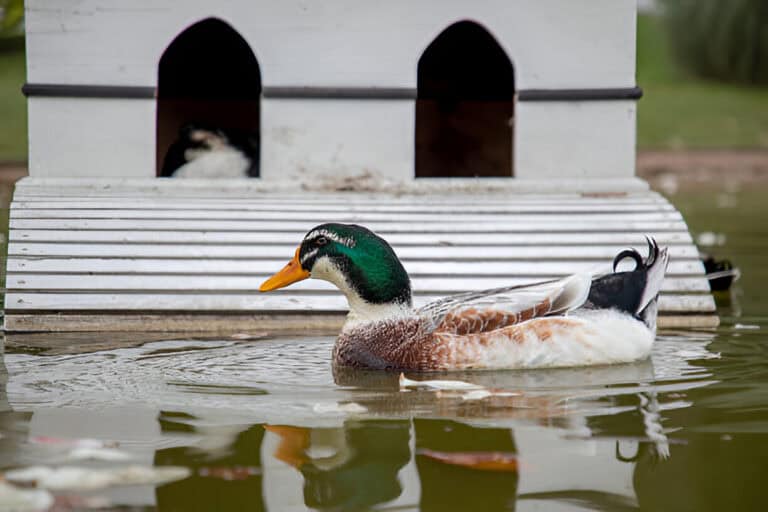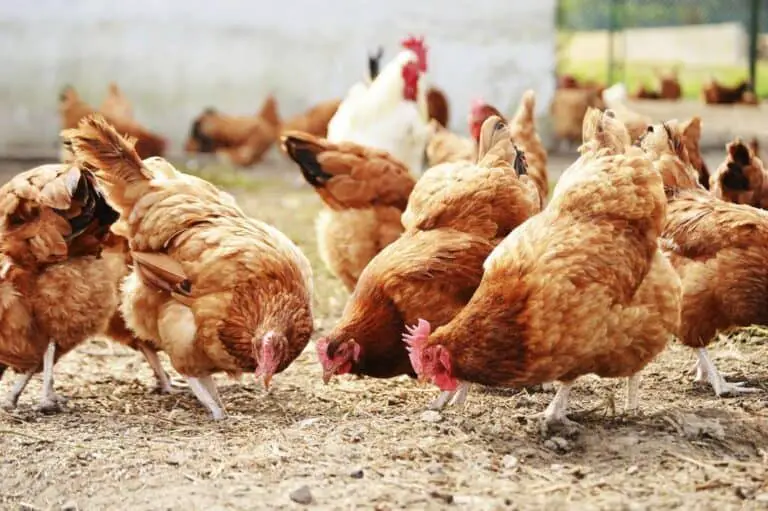Sun or Shade? Finding the Perfect Spot for Your Chicken Coop
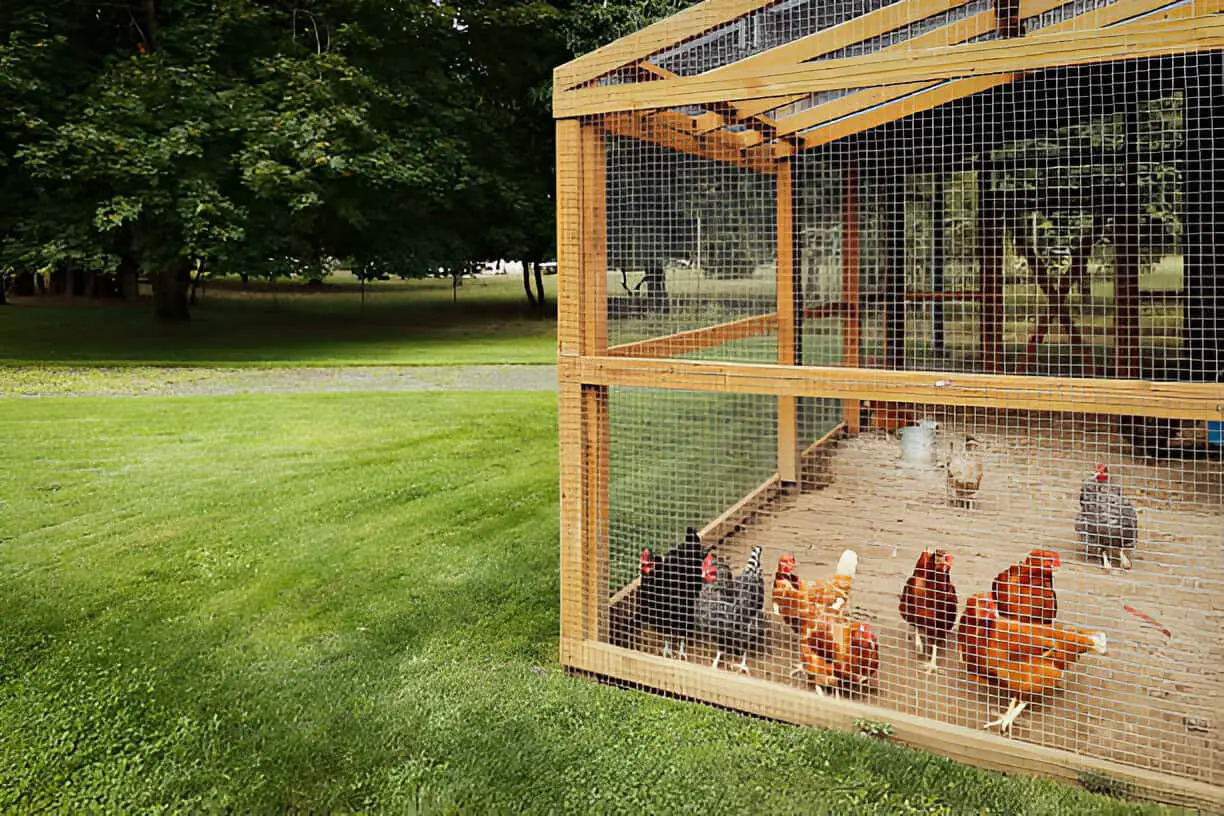
When I first decided to raise chickens, I thought placing the coop was as simple as picking a flat spot in the yard. But after a scorching summer and a freezing winter, I realized that coop placement is one of the most important decisions a chicken keeper can make. Too much sun can overheat your flock, while too much shade can lead to damp, chilly conditions. Striking the right balance between sun and shade is key to keeping your chickens happy and healthy year-round.
So, should your chicken coop be in the sun or the shade? The answer isn’t as straightforward as you might think. Factors like climate, airflow, and even the direction of prevailing winds all play a role in creating the ideal environment. Choosing the wrong spot could mean struggling with temperature extremes, poor ventilation, or even predator risks.
In this article, we’ll break down the pros and cons of sun and shade, explore seasonal considerations, and share practical tips for finding the perfect spot for your coop. By the end, you’ll know exactly where to place your coop to ensure your flock thrives in every season.
The Importance of Location for Your Chicken Coop
Choosing the right location for your chicken coop is crucial for maintaining your flock’s health and well-being. A well-placed coop can significantly affect your chickens’ behavior, egg production, and overall comfort. For example, a coop that’s too close to a busy area can cause stress, while a coop with poor ventilation can lead to respiratory issues.
In addition to health concerns, the location impacts egg production. Chickens thrive in an environment that mimics their natural habitat, where they feel safe, secure, and comfortable. A coop that is too hot or too cold can lead to decreased laying rates and stressed birds.
| Factor | Impact on Chickens |
| Temperature | Extreme heat or cold reduces egg production and increases stress. |
| Noise | A noisy environment can cause anxiety and disrupt laying behavior. |
| Light & Ventilation | Proper airflow and lighting promote health and consistent egg-laying. |
By choosing a calm, well-ventilated spot with the right temperature, you create the perfect environment for healthier, happier hens—and more eggs in your basket!
The Great Debate: Sun or Shade?
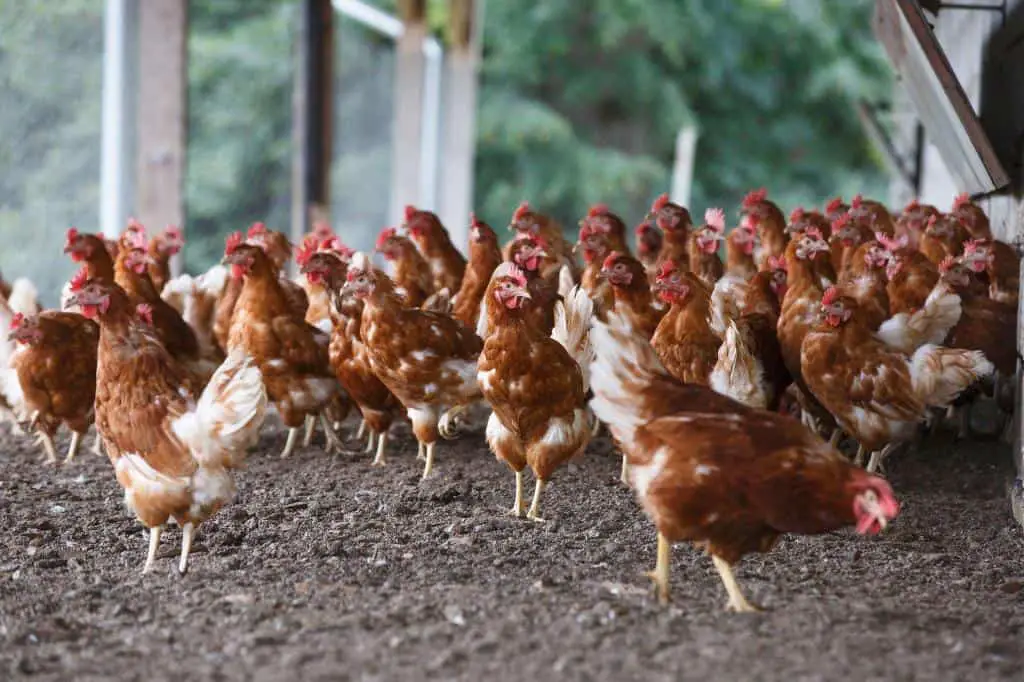
Setting up a chicken coop isn’t just about throwing together some wood and wire in a corner of your yard. It’s about giving your flock the perfect balance of sunlight, shade, and protection from the elements. The million-dollar question? Should your coop bask in the sun or hide in the shade? The answer isn’t black and white—it’s a blend of both.
Understanding Your Climate
Before picking a spot, consider your local weather. If you live where summer feels like an oven cranked to full blast, too much sun can turn your coop into a feathered sauna. On the flip side, if your winters resemble an Arctic expedition, a bit more sun can help keep the coop warm.
General Climate Guidelines:
| Climate Type | Best Coop Placement |
| Hot & Arid | Mostly shade with some morning sun |
| Cold & Snowy | Mostly sun with wind protection |
| Mild & Balanced | Partial sun, partial shade |
| Humid & Warm | Well-ventilated shade with morning sun |
Pros and Cons of Sun and Shade
Every coop setup has its perks and pitfalls. Let’s break it down:
Sun: The Good, The Bad, and The Overheated
Pros:
- Sunlight keeps the coop dry, reducing mold and bacteria.
- Warms up the coop in colder months.
- Encourages egg production, as chickens need light to lay consistently.
Cons:
- Can overheat chickens in the summer.
- Sunlight can degrade wooden coops faster.
- Overexposure can stress your flock.
Shade: Cool Comfort or Damp Disaster?
Pros:
- Keeps chickens cooler in summer.
- Reduces stress in hot climates.
- Less UV exposure means a longer-lasting coop.
Cons:
- Too much shade can create a damp, mold-prone environment.
- Less sunlight means a colder coop in winter.
- Can reduce natural light exposure, potentially affecting egg production.
| Read: Do Chicken Coops Need to Be Insulated? |
Finding the Sweet Spot: A Little Bit of Both
Like a well-balanced breakfast, your coop needs a mix of sun and shade. Ideally, place it where it gets morning sunlight but stays shaded during the scorching afternoon hours. A good trick? Position the coop near deciduous trees—leaves provide shade in summer but let in sunlight during winter when they drop.
Consider These Factors When Placing Your Coop:
- Sun’s Path: Observe how sunlight moves across your yard throughout the day.
- Wind Protection: Place the coop where it gets a breeze but avoids strong winter gusts.
- Drainage: Choose a spot that won’t turn into a mud pit after rain.
- Predator Safety: Keep the coop visible and secure from lurking raccoons, foxes, or stray dogs.
- Accessibility: Make sure you can easily reach the coop for cleaning, feeding, and egg collection.
Bonus Tips for Coop Comfort
- Roof Overhangs: A slanted roof with an overhang helps regulate sunlight exposure.
- Removable Panels: Adding adjustable panels allows for seasonal adjustments.
- Ventilation: Good airflow prevents humidity buildup, even in shaded areas.
Real-Life Examples and Case Studies
Many backyard chicken keepers have learned valuable lessons when it comes to coop placement. Some have shared stories about how their chickens thrived with the perfect balance of sun and shade, while others learned the hard way about the importance of ventilation and shelter from the wind. For example, one keeper placed their coop near a large tree for shade, only to realize that the tree blocked sunlight in the winter, leaving the chickens cold and uncomfortable. After relocating the coop to a sunnier spot, the egg production improved, and the flock was much healthier.
Real-life examples show that the ideal coop location varies based on climate, geography, and flock needs. One study of chicken keepers across different regions showed that those with shaded coops in hot climates experienced fewer heat-related health problems, while chicken coops in colder climate areas found that slightly warmer, sunlit areas led to better egg production.
| Case Study | Location Choice | Outcome |
| Urban Chicken Keeper | Shaded, near trees | Poor ventilation, low egg yield |
| Suburban Chicken Keeper | Sunny spot, good airflow | Healthier hens, consistent eggs |
These real-world experiences highlight the importance of testing and adjusting your coop’s location. By understanding others’ successes and mistakes, you can optimize your own setup for maximum flock happiness and egg production.
The Final Pecking Order
If I had to sum it up, I’d say aim for morning sun, afternoon shade, and good ventilation. Chickens love routine, so ensuring they have a cozy, consistent environment will keep them happy, healthy, and laying eggs like champs.
At the end of the day, your flock depends on you to create a safe, comfortable home. Get the balance right, and your chickens will reward you with fresh eggs, funny antics, and the satisfaction of knowing you’ve built them the best home possible. Now, go scout out that perfect spot!

